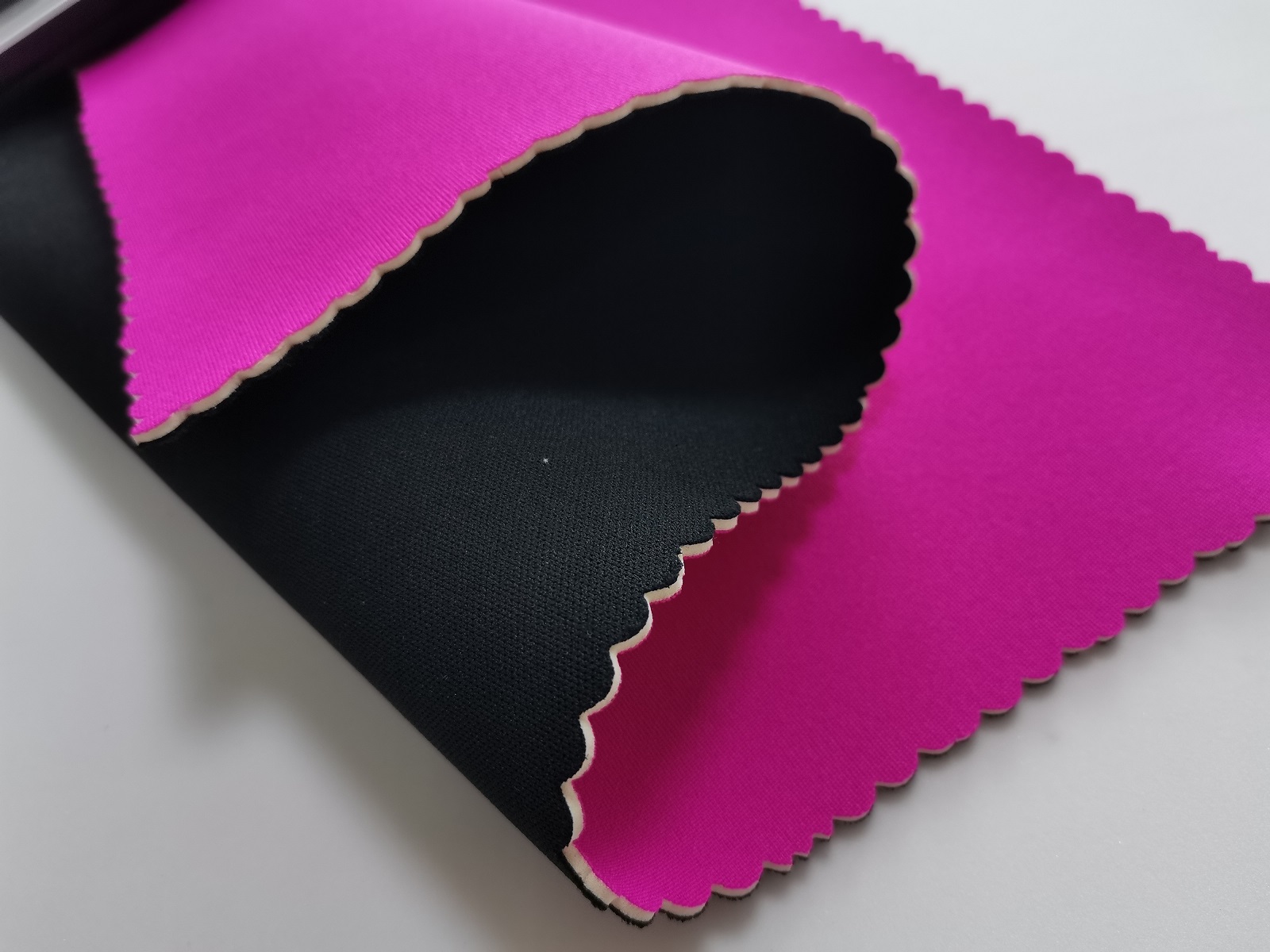What is neoprene?
Polychloroprene, known by the brand name neoprene, is a fabric that can be used as an alternative to rubber.
Neoprene is a suitable material for wetsuits and other clothes for insulation against moisture and cold, because it is completely waterproof.


History
- Like many other important discoveries in history, chloroprene rubber was developed because of people's needs.
- Global rubber shortages became a major issue for Western industrial giants in the early decades of the 20th century, and American businesses like DuPont began monitoring top colleges like the Hawks in hopes of discovering a cure.
- In 1930, Fr. Julius Arthur Newland of the University of Notre Dame spoke, and a top DuPont executive happened to be there.
- She gave a speech about the plastic material she invented, divinyl acetylene. As a result of DuPont's request, Nieuwland collaborated with other plastics specialists to create the first mass-produced compound made from divinylacetylene.
- Until the 1930s, neoprene was a relatively unknown product on the market.
- During World War II, this material was very important to the Allies because it could be used in place of rubber.
- Without DuPont's miraculous creation, World War II might have been drastically different.
The distinguishing feature of neoprene
Texture; It has a smooth texture with a rubber-like appearance.
strength - strength; Neoprene is an excellent rubber material. Industrial environments and other places with a lot of movement can benefit from its high strength.
resistant; Chemicals, water, heat, flame, oxygen and ozone resistance are all desirable features of neoprene.
Uses
Clothing; Diving clothes, wet suits, jackets, washers and most importantly orthopedic products.
Accessories; Swimming gloves, fishing clothes, car seats, bike seats, etc.
Care instructions
- The fabric should be washed like delicate clothes.
- After you wash it gently and squeeze out the dirty water, let it soak a little longer.
- You can lay your wetsuits on a towel or hang them on a hanger with ribbon tags.
- It is very important to hang up a neoprene item immediately after wearing it. After the fabric is pressed or folded, it is difficult to remove the wrinkles.
- It should be kept away from direct sunlight, as it may dry out and cause the material to crumble.

No views